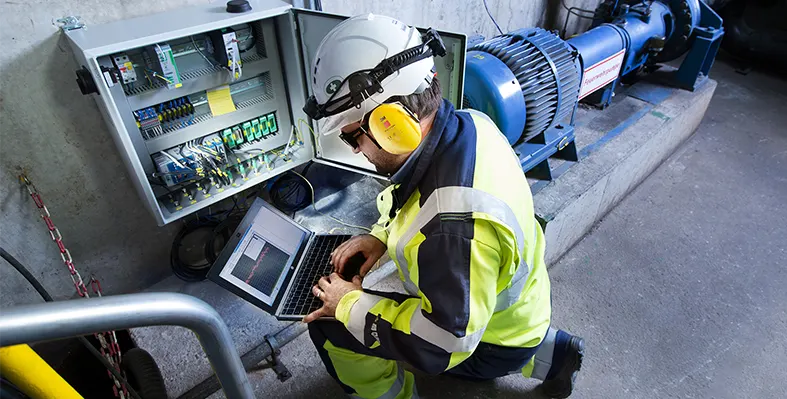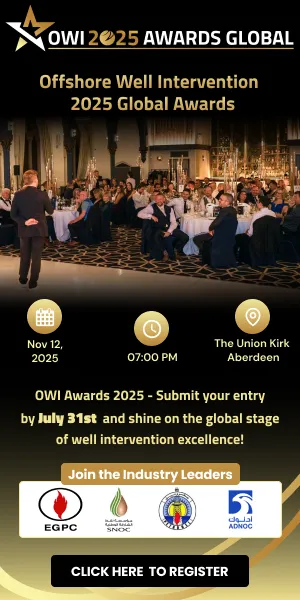Nigeria is increasingly looking towards developing its brownfield assets to boost production
This can be achieved with the right technological interventions, giving way to enhanced oil recovery that can substantially meet the region's refining capacity. Compared to greenfield projects that require considerable investments from scratch, brownfield developments cuts down on carbon footprints, thus allowing operators to meet their sustainability requirements. Ideal technological interventions comprise a package offering e-line, slick line, coiled tubing services, well remediation, well control, and idle well management services. Well intervention operations can range from well conversion, casing run operation on a wild cat well, slot recovery, installation of emergency casing head housing slip, well work-over, and drilling and completion, to name a few.
To facilitate more brownfield developments, the Nigerian administration is working to increase collaboration between the local communities, government and the private sector.
Recently, Nigeria-based offshore construction company called Intrepid Energy Limited joined hands with United Kingdom's Aquaterra Energy to deliver a bespoke subsea well intervention equipment package for a project in Nigeria.
“Working with Aquaterra Energy marks a significant step forward for our intervention operations in Nigeria. Their specialised technology enhances our ability to execute intervention programmes efficiently, maximising performance across our assets. By combining Aquaterra’s technical expertise with our deep understanding of the local operating environment, we’re confident this collaboration will enhance production outcomes and create lasting value for our operations in the region,” said Seun Alonge, CEO at Intrepid Energy Limited.










